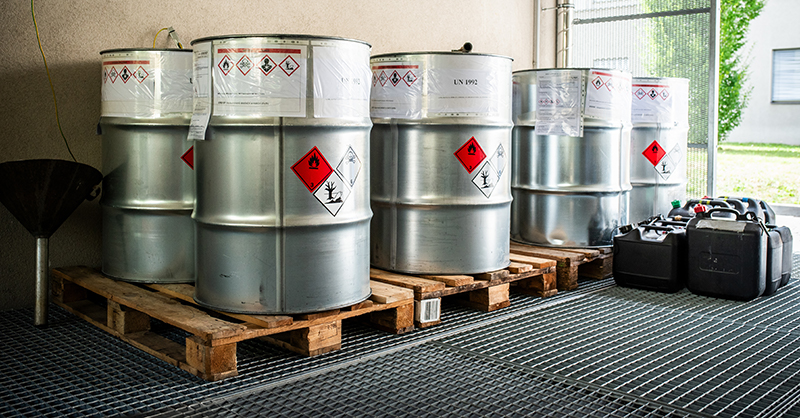How Can Organizations Develop a Culture of Safety? [Checklist Included]

Creating a highly effective safety culture can be essential for any organization aiming to ensure the well-being of its employees and the smooth operation of its processes. Below are some habits that can help foster such a culture:
Eight Steps to Building a Strong Safety Culture
By adopting the below safety habits, organizations can help create a robust safety culture that not only prevents accidents but also promotes a positive and proactive approach to workplace safety.
1. Embed Safety as a Core Value
Safety should be ingrained as a core value within the organization, not just a priority that can shift with changing circumstances. This means that safety is always considered in decision-making processes and is a fundamental part of the organizational culture.
2. Encourage Open Communication
Create an environment in which employees feel safe to voice their concerns without fear of retribution. This psychological safety is crucial for identifying and addressing potential hazards before they lead to incidents.
3. Integrate Safety into Operations
Safety should not be seen as the sole responsibility of the safety department. Instead, it should be integrated into the daily operations and responsibilities of all employees. This can help ensure that safety is a part of everyone’s job.
4. Proactive Risk Management
Proactively address potential risks before they result in incidents. This involves identifying and mitigating hazards early, rather than reacting to incidents after they occur. Regular risk assessments and preventive measures are key.
5. Focus on the Work Environment
Shift the focus from managing people to managing the work environment and processes. This approach helps create a safer and more efficient workplace by designing systems that support safe behavior.
6. Improve Work Processes
Instead of blaming workers for mistakes, focus on improving the work processes and environment. This habit emphasizes the importance of designing systems that support safe behavior and reduce the likelihood of errors.
7. Target Critical Risks
Identify and address the “Stuff That Can Kill You” (STCKY) and “Serious Injury and Fatality” (SIF) potentials. This targeted approach helps prevent the most severe types of incidents by focusing on the most critical risks.
8. Leverage Key Influencers
Focus on influencing key individuals who can drive change within the organization. These influencers can help spread the safety culture more effectively than trying to reach everyone at once.
Download Our Safety Culture Checklist
To help you implement these steps effectively, we’ve created a comprehensive Safety Culture Checklist. This checklist will guide you through the process of embedding safety into your organization’s core values, encouraging open communication, integrating safety into daily operations, and more.













